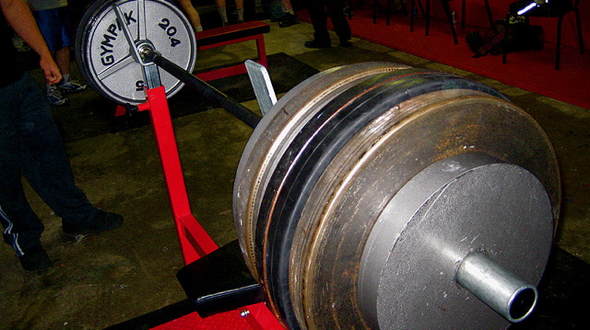Last week, we talked about the concept of clean volume. The premise here is simple – the goal of our training should be to get as many quality lifts in as possible, especially on our first (or primary) lift.
Technique is often a limiting factor, and performance can vary greatly from day-to-day.
This leads us to two BIG questions….
How heavy should I go today?
How do I know when to stop?
This is where the idea of technique work-ups can be beneficial for you.Here’s an example based off my own training: Last month was an intensification phase, where my goal was to push the weights a bit. My benching was focused on doubles, and I knew I wanted to work up to a double that was either an 8 or 9 RPE in this specific session.
Now if I had solely focused on fatigue, I might have worked up to 255, or even 260/265 on a good day. The only goal would be to hit that 8 or 9 RPE and then figure out what to do from there (and there are tons of options – move on to the next lift, drop down to a certain % and get some more reps in, go home and crochet, etc.).
However, my training isn’t just based on fatigue – it’s based on getting quality reps in. So instead of just going 225, 245, and then my target weight, my session looked like this:
225 – High quality, move up
235 – Not bad, but not great
235 – Better, but still not ideal
235 – Best set, move up
245 – Hit the 8/9 RPE, and technique fell off a tad, so this is where the session stopped
Now I chose to move on to the next exercise, but I also could’ve dropped the weight down a bit and done another set to really lock-in technique. Like I said before, the options are almost endless.
What I really want you to see here is this: I was pre-qualifying myself to move the weight up. If I didn’t hit a weight with damn near perfect technique, I didn’t get to go up.
It also naturally limits my weights a bit. Could I have gone heavier? Sure – but my technique probably would not have been where I wanted it. Remember, if the end goal is to move max weights, the smallest little details can be the difference between making (or missing!) a lift.
My goal was to hit that threshold where I could push the weights a bit but still use ideal technique. Over time, I’m hoping that the improved technique will translate into bigger weights and a bigger total.
Something like this may not be ideal for stronger guys, or whose technique is already pretty much dialed in.
But for intermediate lifters such as myself that need a mix of volume, intensity AND highly technical work, I feel something like this can be invaluable.
One last thing I’d like to mention: I would highly recommend checking out Mike Tuscherer’s work. His Reactive Training System is what we really got me thinking about all this, and I loosely use his system to develop my own training programs. The guy is a damn genius, and a pretty good lifter to boot.
My goal with these posts isn’t to give you all the answers, but to at least get you thinking about your own training.
Are you training in the most efficient and effective manner possible?
Could you benefit from doing fewer reps in a set, but getting more quality work in?
Should you ratchet your weights down a bit and use technique work-ups to build picture-perfect technique and master a movement?
I’m hoping some of you will give this stuff a shot. I think you’ll be pleasantly surprised at the results!
Stay strong
MR
(Lead Photo Courtesy of Ennui Design)

